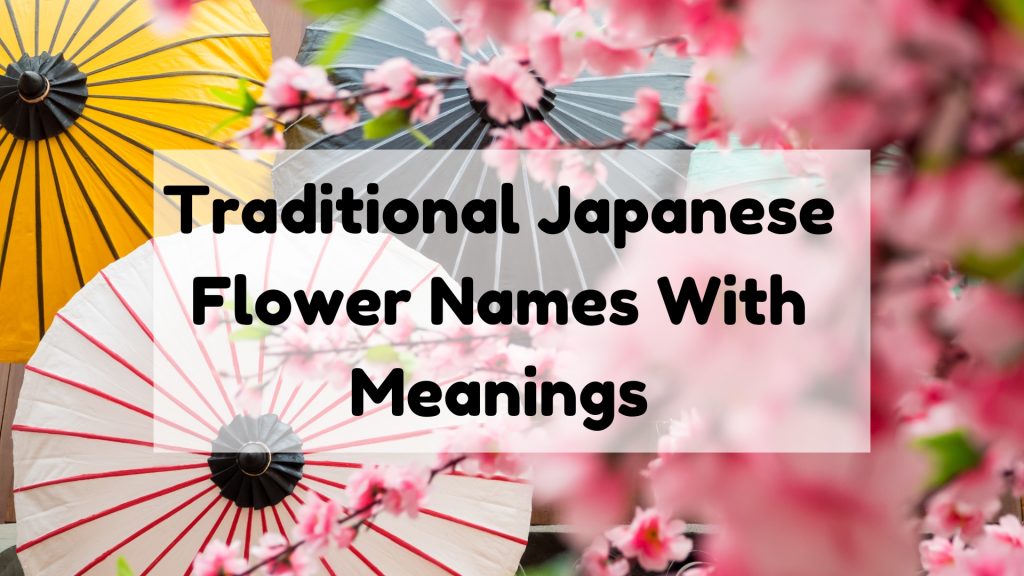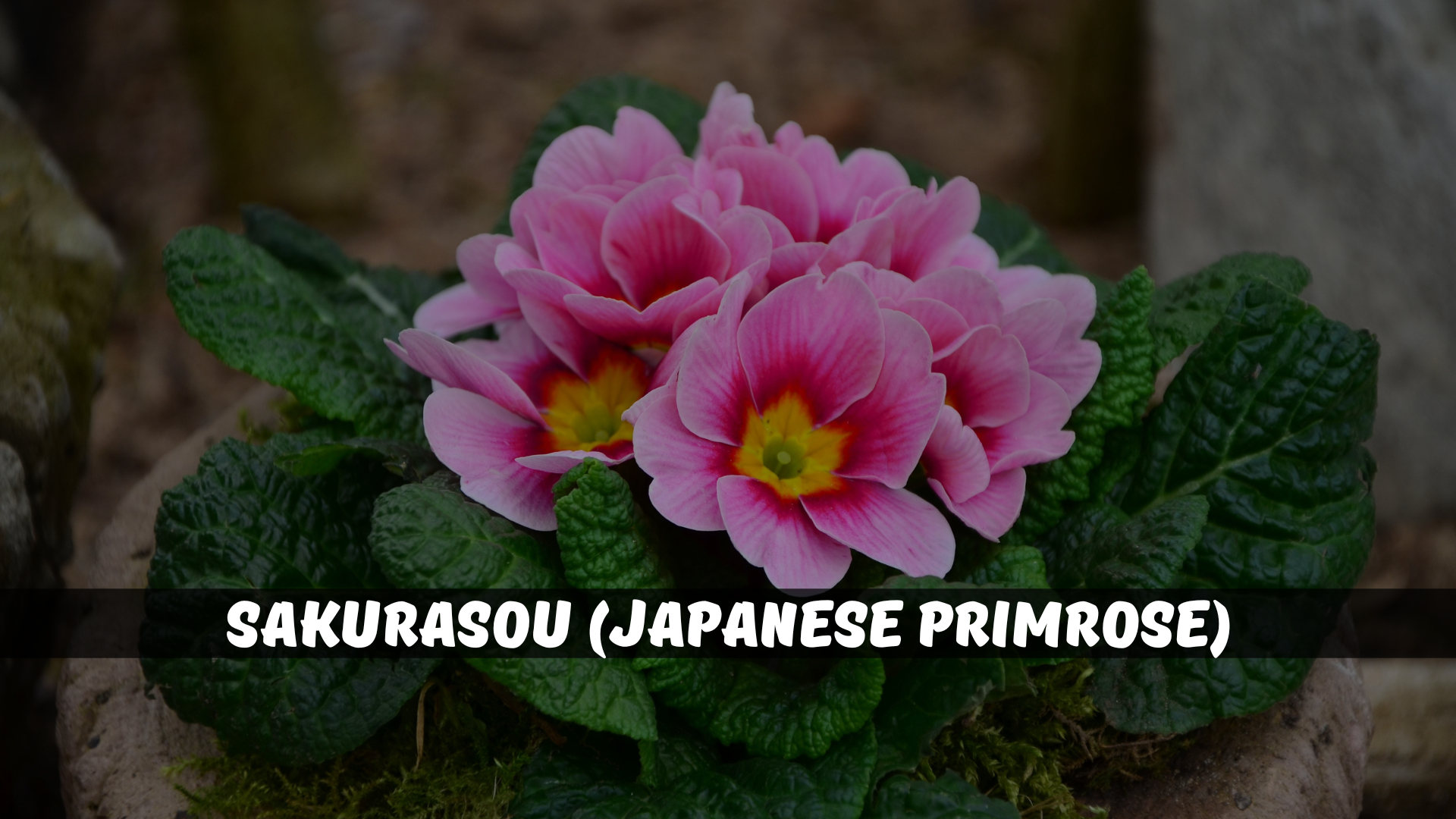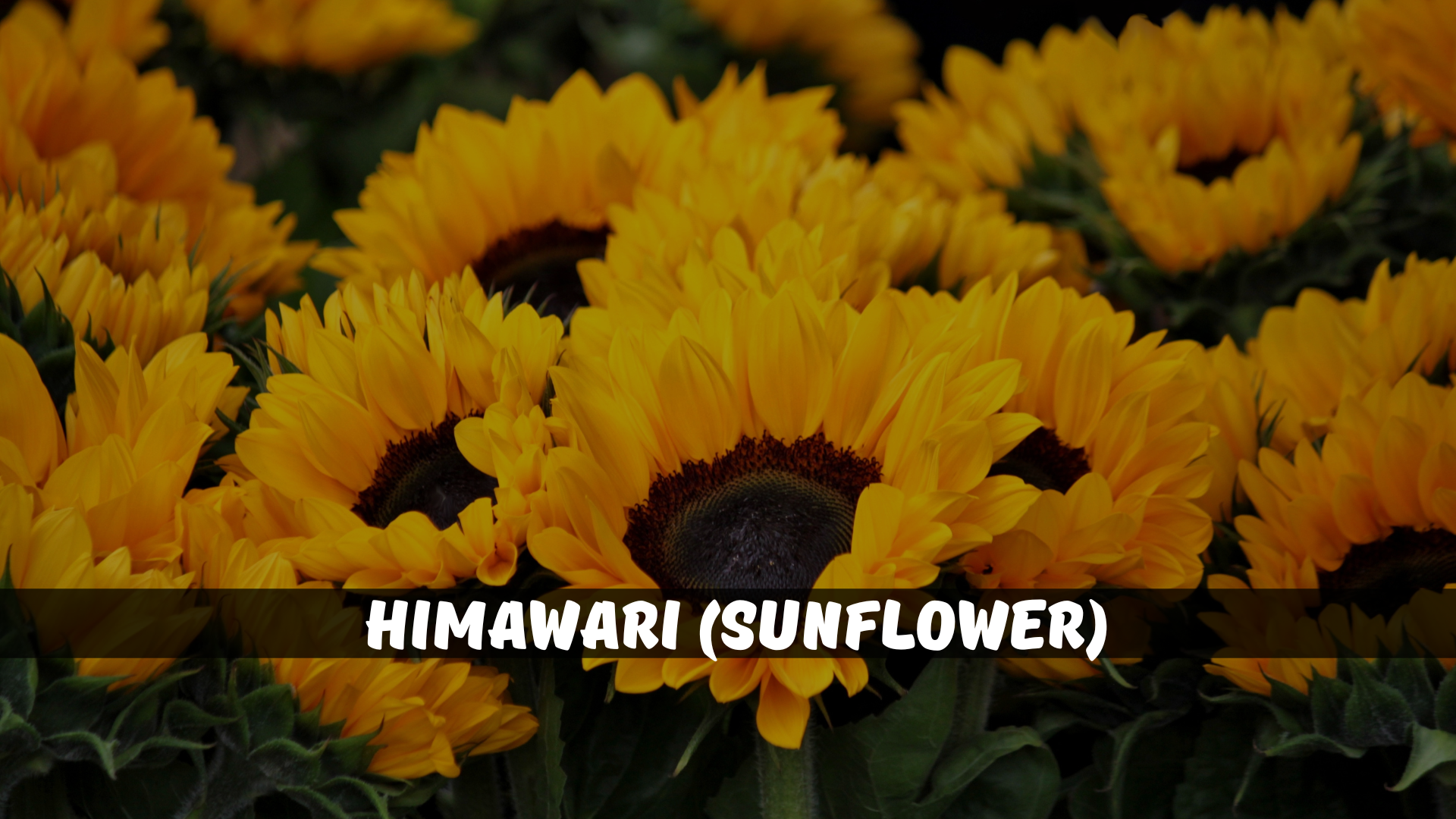In Japan, flowers aren’t just part of the landscape; they’re woven into the culture and language, carrying deep meanings and symbolism. Many Japanese names come from flowers, chosen for both their beauty and the qualities they represent. This article dives into traditional Japanese flower names, explaining their meanings and why they’re so significant in Japanese traditions. From the well-known sakura to the less familiar kinmokusei, each flower name tells a story and conveys a message.
The Significance of Flower in Japanese Names
In Japan, names have deep meaning and tradition. Flowers are often used in names because they symbolize beauty, emotions, and seasons. From the soft Sakura (cherry blossom) to the strong Tsubaki (camellia), these names connect people to nature.
Why do flowers matter in Japanese names? They carry history, culture of Japan. Each name tells a quiet story and reflects a person’s character. More than just words, these names are a way to express life and beauty
Traditional Japanese Flower Names With Meanings
Flowers hold deep meaning in Japanese culture. Each bloom tells a story, carrying wishes, emotions, and traditions. The names of these flowers aren’t just labels—they reflect history, poetry, and nature’s beauty. From the noble chrysanthemum to the delicate cherry blossom, every petal whispers something unique. Let’s explore these timeless names and their hidden meanings.
1. Sakura (Japanese Cherry Blossom) 🌸
Beauty Fades – A moment of wonder, gone too soon. 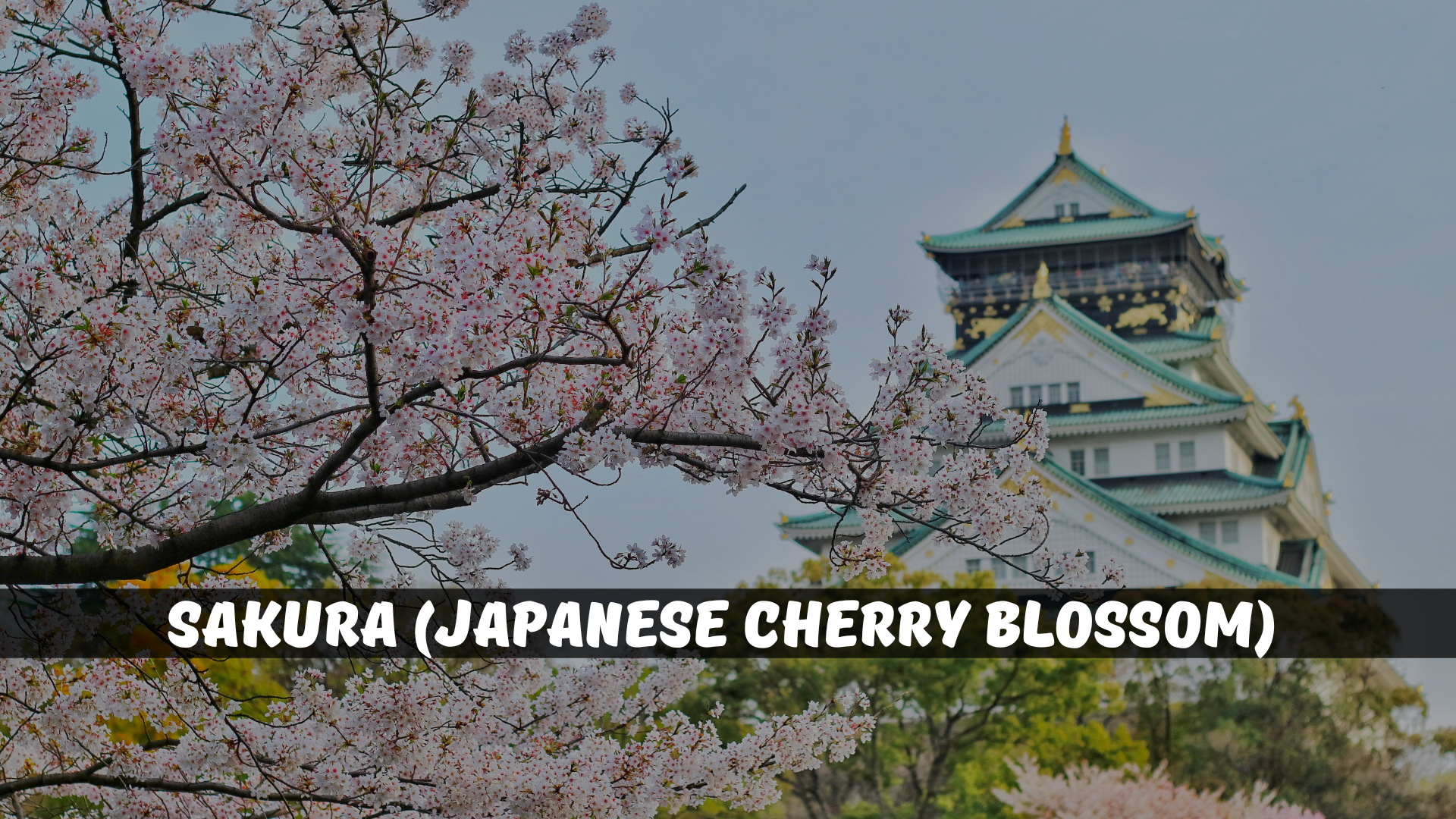
2. Tsubaki (Japanese Camellia) 🌺
Love Without Words – Silent, steady, unshaken.
3. Sumire (Violet) 💜
Small but Fierce – Modest, but never weak.
4. Momo (Peach Blossom) 🍑
Luck in Bloom – A soft touch, a bold future.
5. Sakurasou (Japanese Primrose) 🌼
A Promise Kept – Lost? Never for long.
6. Fuji (Wisteria) 🌿
Strength in Grace – Bend, but do not break.
7. Bara (Rose) 🌹
Love and Fire – Beautiful, but never safe.
8. Asagao (Morning Glory) 🌞
Here, Then Gone – Dawn’s gift, dusk’s ghost.
9. Hanashobu (Japanese Iris) 🌾
Poise in the Storm – Soft, yet never sways.
10. Himawari (Sunflower) 🌻
Face the Sun – No matter the dark.
11. Hasu (Lotus) 🌸
Rise from the Mud – Pure, despite the dirt.
12. Ajisai (Hydrangea) 🌿
Shifting Soul – Colors change, truth stays.
13. Yuri (Lily) 🌼
Quiet Power – Soft, but never weak.
14. Kinmokusei (Orange Osmanthus) 🍊
Autumn’s Scent – Faint, but unforgettable.
15. Kosumosu (Cosmos) 🌸
Order in Chaos – The wind carries, it stays.
16. Majushage (Red Spider Lily) 🔥
No Way Back – The road ends here.
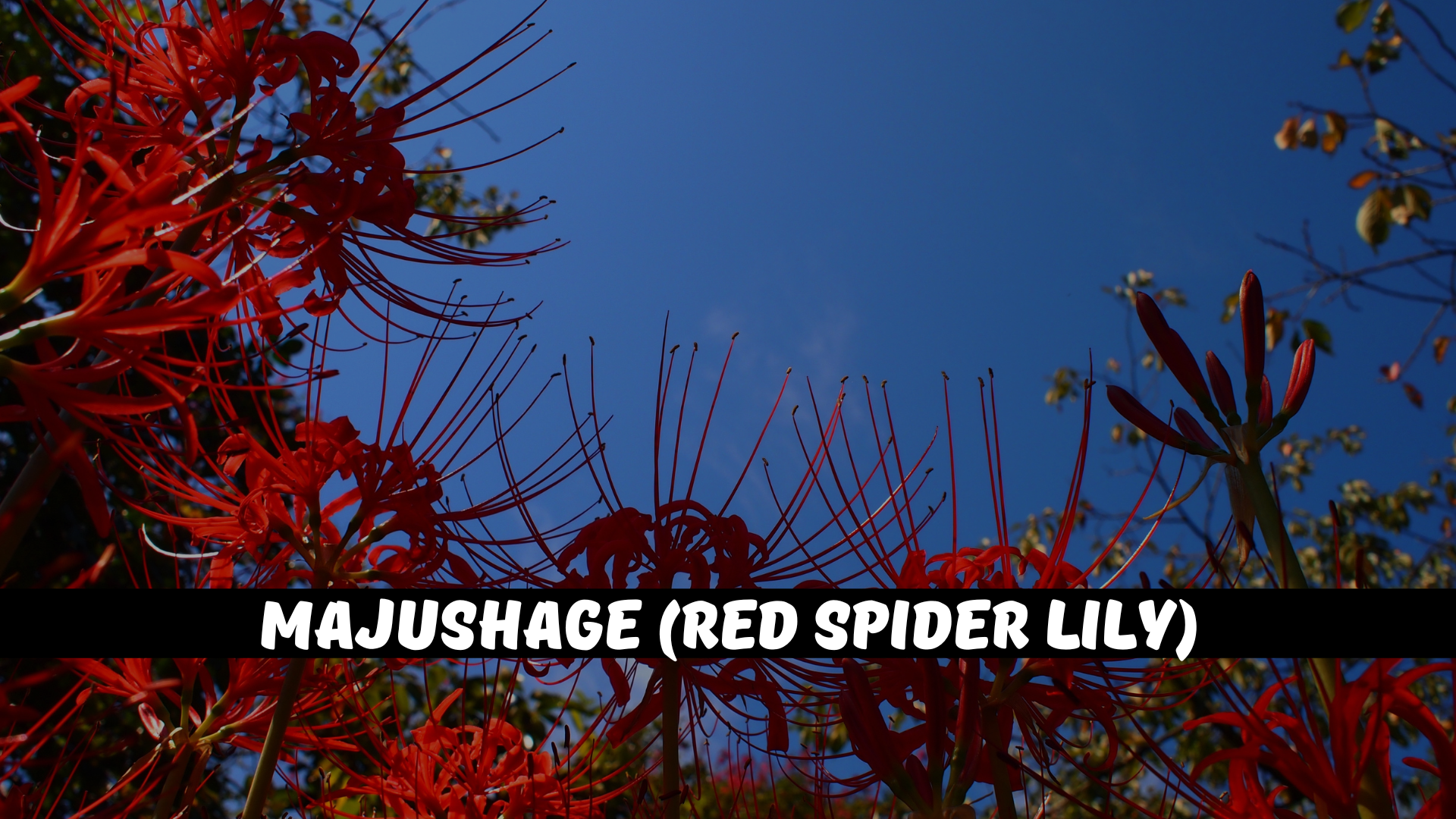
17. Kiku (Chrysanthemum) 🌼
Time Waits – Bloom, even in cold.
18. Ume (Japanese Apricot/Plum Blossom) ❄️
Spring’s First Breath – A whisper before warmth.
Explore our collection of boys and girls names inspired by stars .
Flowers with Special Symbolic Meanings
Some flowers in Japan go beyond beauty. They stand for love, courage, loss, or even warnings. People have used them in art, poetry, and daily life for centuries. Whether given as gifts or seen in nature, these flowers carry silent messages. Understanding their meanings adds depth to their charm.
Follow the Light – Stand tall, stay true.
Quiet Nobility – Soft scent, strong roots. 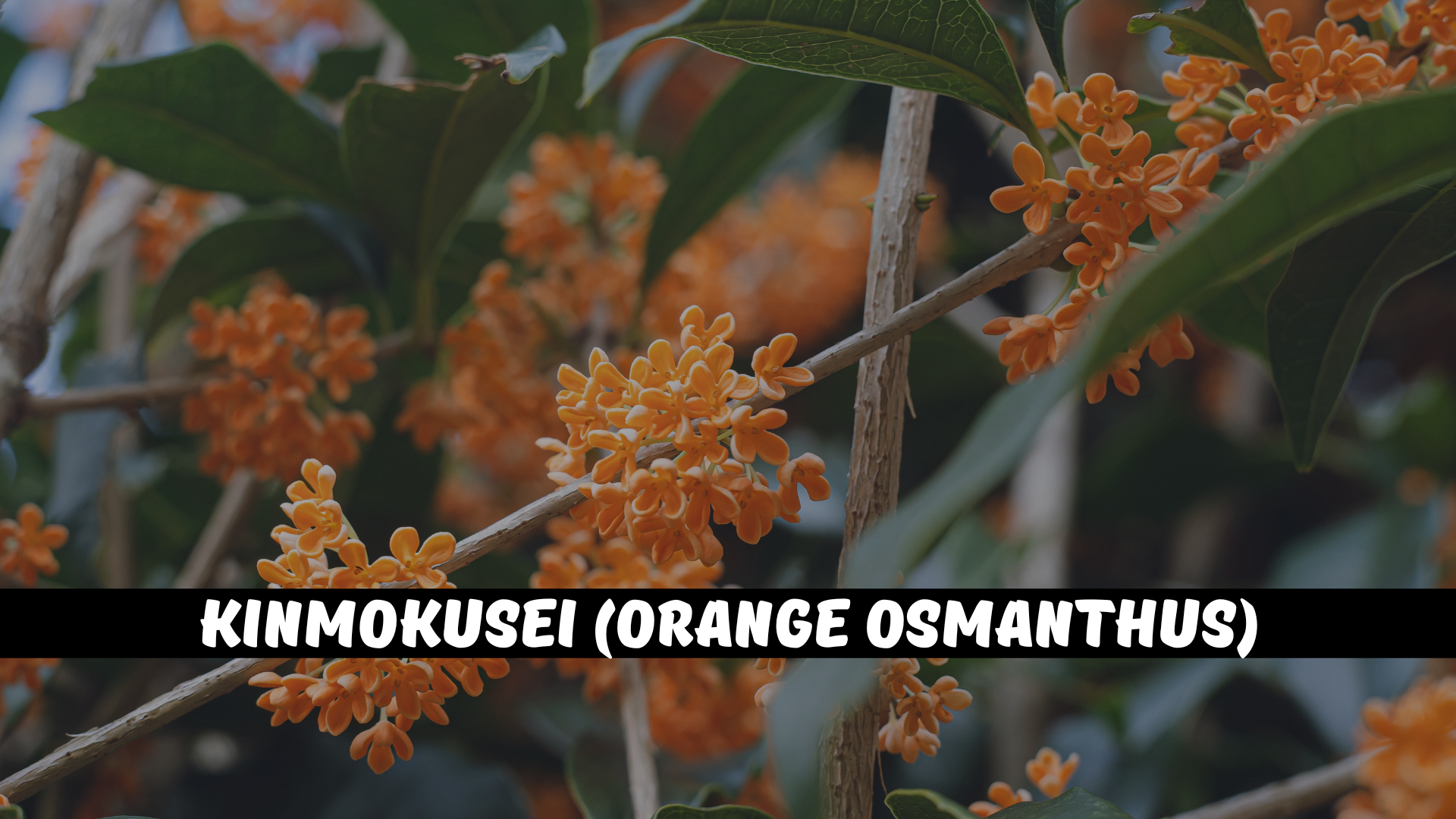
Higanbana (Red Spider Lily)
No Return – A farewell carved in red.
Fuji (Wisteria)
Endless Love – Twisting, climbing, never letting go.
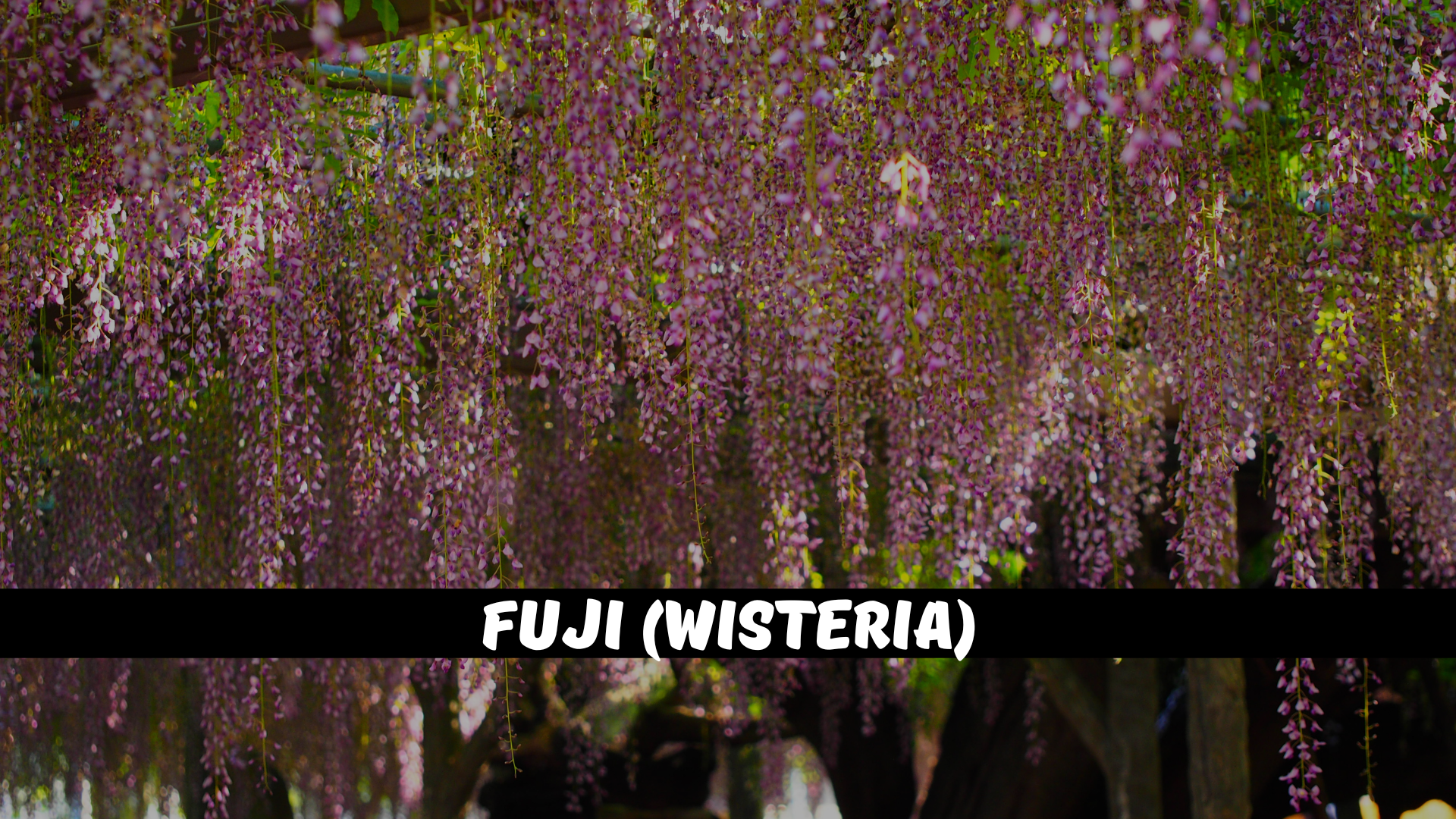
Sumire (Violet)
Joy in Small Things – Simple, but enough.
Don’t miss our list of Popular Japanese Boy Names!
Conclusion
Japanese flower names do more than just sound beautiful; they reflect the values and admiration for nature that are central to Japanese culture. Each name we’ve explored carries significant symbolism and connects individuals to their heritage. Whether used for girls or boys, these names provide a meaningful identity rich with cultural significance. So, whenever you hear a Japanese flower name or consider choosing one, think about the rich meanings behind each one. Ready to explore the beautiful and meaningful world of Japanese flower names?
Akar Print magazine—where great stories come to life.
Basmah Ali is a skilled copywriter with a degree from the University of Warwick. She crafts clear, engaging content that connects with readers and gets results. When she’s not writing, she’s likely reading or exploring new ideas in marketing.

